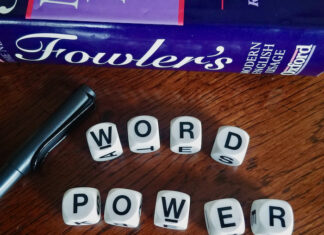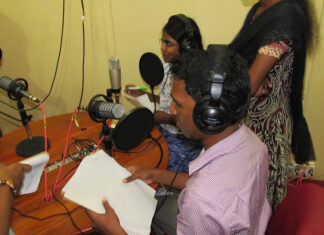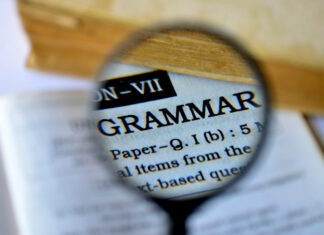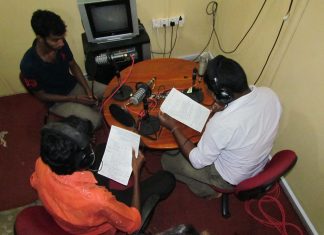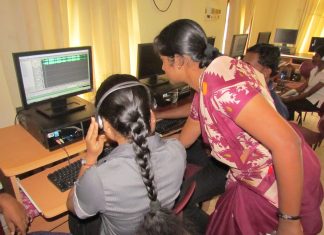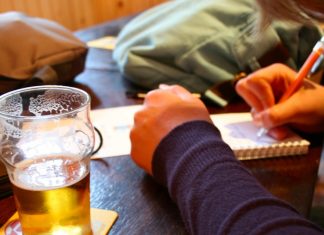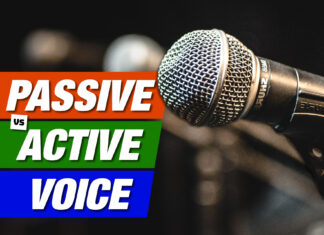Basics
This section is for those starting off in journalism. The articles cover all aspects of journalism basics. See our site map to view the complete list.
The power of words
Journalists need to understand the power of using the right words when writing news stories
Constructing a news package for radio
This is a short training module setting out the basics for creating a news package for radio. It's been created for those starting out in radio journalism.
Grammar for journalists
In this, the third module in the series about language and style from The News Manual, we look at some of the most important grammatical rules for news writing, at some common mistakes and how to correct them.
How to produce a radio news bulletin
Putting together a radio news bulletin is like preparing a satisfying meal that leaves your audience nourished and prepared for the day
How to create a broadcast news package
Discover how to create concise, compelling TV and radio packages that capture audience attention and deliver information effectively.
Shoe-leather reporting
Despite the influx of digital information, the foundational skills of "shoe-leather reporting", involving direct contact, investigation, and verification, remain essential for journalists in the modern newsroom.
Citizen reporting to citizen journalism
This article was written for a group of young citizen reporters from remote rural communities in Zimbabwe who were learning how to become journalists.
The active and passive voices in news
Make your news writing more interesting by using the “active voice”. Bob Eggington explains this simple and effective technique.
You might also likeRELATEDRecommended to you
Refresher: Strategic thinking for media managers
This comprehensive one-day intensive training course is designed to teach media managers how to develop a successful and sustainable strategy for their media businesses.
Fairness in journalism
Fairness in journalism means exploring all sides of an issue and reporting the findings accurately.
Lesson: Gap analysis for training
This lesson plan is designed to help participants understand the importance of carrying out 'gap analysis when designing a training of trainers (ToT) course.
